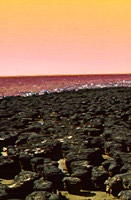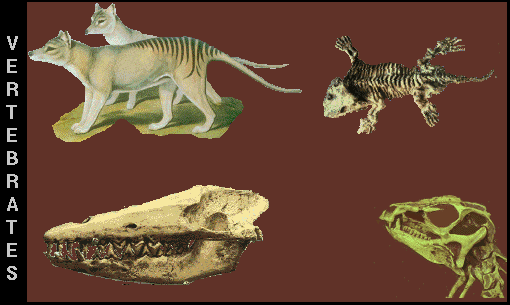Originally posted by Jack_www
Again missunderstanding the stuff I posted. The stats i posted was looking at all the possible proteins that could be formed form any 10 amino acids. I dont see how this is wrong, decitfull or twisting of the facts.
Again missunderstanding the stuff I posted. The stats i posted was looking at all the possible proteins that could be formed form any 10 amino acids. I dont see how this is wrong, decitfull or twisting of the facts.
Again it most likely most of my fault for not being clear, thought that people would understand this. Again it is based how many different protiens can be formed form any ten amino acids.
Can you explain to me how self reproducing mocules "evolve" as you say? Any studies that have been done on this subject? Have there been any lab experiments with these self reproducing mocules that show that they can change shape over time?
I know the evolutionary techniques of selection have been used in research. The link I posted for you about a ribozyme said the molecule had been made by trying many variations testing the variations and keeping the best to vary some more for the next round. Thats evolution. Artificial but real. I don't know of any evolution experiments with self reproducing molecules yet. I had the impression the molecules have all been to specialized for that.
I was never taking about a protein with 2000 amino acids, I said that the cells we see today need 2000 protiens to be able to live and function properly
There have been studies done on mitochondrial DNA to see if humans have common acestery. I will post them latter and comment on them.
I want to make sure I back up what I say and that it is not missleading information as you think is the casee with very peice of data or info I post Ethelred.
There is a lot of information I have read form scientist that support evolution and I dont think that the info they hgave is twisting of facts. Often times the problem lies in interpeting the evidence. Sometimes scientist think that evidence points to one thing, but latter find out it points to anther. This just happens, because we are human and make misstakes. Also too scientist can be prejudice and missinterpet evidence because of this, on both sides of this debate and when dealing with other fields of study in science.
















Comment